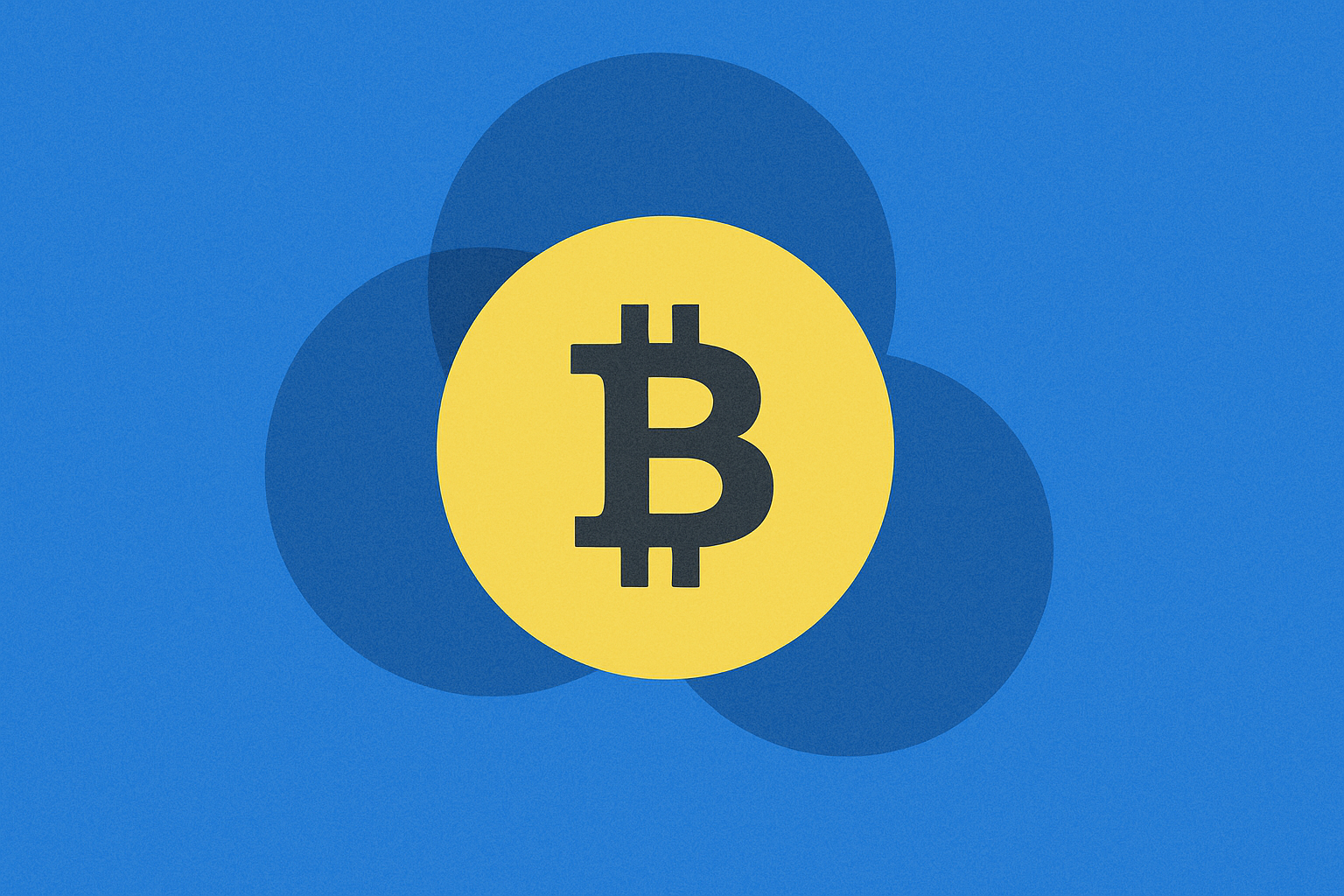bitcoin mining pool

Bitcoin mining pools are collaborative platforms for sharing computational resources that enable miners to combine their hashing power to collectively mine Bitcoin blocks. By pooling hashing power from multiple participants, mining pools increase the probability of successfully mining a block and distribute rewards proportionally to contributions. This model allows smaller miners to receive steady income rather than facing the high uncertainty of mining competition alone. Mining pools play a crucial role in the Bitcoin network, both improving mining efficiency and influencing the degree of decentralization and security of the network.
Background: What is the origin of bitcoin mining pool?
The concept of Bitcoin mining pools emerged during the early development stages of the Bitcoin network. As Bitcoin mining difficulty steadily increased, individual miners' probability of successfully mining a block decreased, leading to highly unstable income. In November 2010, the world's first Bitcoin mining pool, Slush Pool (now known as Braiins Pool), was created by Czech programmer Marek Palatinus, pioneering the shared mining approach.
The emergence of mining pools was a natural response to changes in Bitcoin mining economics. With the advent of Application-Specific Integrated Circuit (ASIC) miners and intensified hash power competition, the pool model evolved from a niche practice to the mainstream mining method. Today, most of the Bitcoin network's hash power is concentrated in several major mining pools, including AntPool, F2Pool, Foundry USA, and Binance Pool. This concentration trend has sparked ongoing debates about the degree of decentralization in the Bitcoin network.
Work Mechanism: How does bitcoin mining pool work?
Bitcoin mining pools operate based on shared Proof of Work and reward distribution mechanisms, encompassing the following key processes:
-
Task Distribution: The pool server breaks down the current block mining task into smaller difficulty "shares" and distributes them to miners in the pool.
-
Contribution Verification: Miners submit proofs of work (shares) that meet specific difficulty requirements, demonstrating their hash power contribution.
-
Block Discovery: When any miner in the pool finds a valid hash value that meets the network difficulty, the pool receives the block reward.
-
Reward Distribution: The pool distributes the block reward according to preset allocation schemes based on miners' contribution ratios. Common distribution methods include:
- PPS (Pay Per Share): The pool pays a fixed amount for each valid share, regardless of whether a block is found.
- PPLNS (Pay Per Last N Shares): Rewards are distributed based on valid shares submitted within a recent time period.
- FPPS (Full Pay Per Share): Similar to PPS but includes the full reward including transaction fees.
- PPS+: A hybrid model combining PPS and transaction fee distribution.
-
Hash Power Monitoring: Pools continuously monitor each miner's hash power contribution, valid shares, and rejection rate metrics.
Mining pools typically charge service fees (usually 1%-3%) as compensation for providing services and assuming risks. To prevent cheating, modern pools implement various security measures, such as protections against selfish mining and share verification mechanisms.
Future Outlook: What's next for bitcoin mining pool?
Bitcoin mining pools face multiple challenges and opportunities amid technological evolution and industry transformation:
-
Development of Decentralized Pools: To address hash power centralization concerns, decentralized pool protocols like Stratum V2 are advancing, aiming to empower miners and reduce centralization risks.
-
Regulatory Environment Changes: Different regulatory attitudes toward cryptocurrency mining worldwide, along with environmental requirements and energy policies, will continue to influence the geographical distribution and operational models of mining pools.
-
Bitcoin Halving Event Impact: With block rewards halving approximately every four years, mining pools' revenue structures will face adjustments, potentially leading to industry consolidation and efficiency improvements.
-
Energy Structure Transformation: The proportion of renewable energy in mining continues to increase, with pools exploring greener energy solutions to address external environmental pressures.
-
Technical Optimization and Innovation: More efficient mining algorithms, thermal management technologies, and hash power optimization solutions will continue to emerge, helping pools enhance competitiveness.
As the Bitcoin network continues to develop, mining pools will maintain their crucial role in network security, decentralization balance, and technological innovation, while also addressing challenges related to energy consumption, regulatory risks, and centralization trends.
The importance of Bitcoin mining pools extends beyond improving income stability for smaller miners to influencing the security and decentralization of the entire Bitcoin network. As core infrastructure within the Bitcoin ecosystem, mining pools both facilitate the scaling and professionalization of the mining industry and introduce potential risks of hash power concentration. As the Bitcoin network matures, mining pool operational models will continue to evolve, seeking balance between ensuring network security and promoting fair participation. For Bitcoin holders and industry participants, understanding the mechanisms and development trends of mining pools is crucial for gauging the long-term health of the Bitcoin network.
Share
Related Articles

In-depth Explanation of Yala: Building a Modular DeFi Yield Aggregator with $YU Stablecoin as a Medium

BTC and Projects in The BRC-20 Ecosystem
